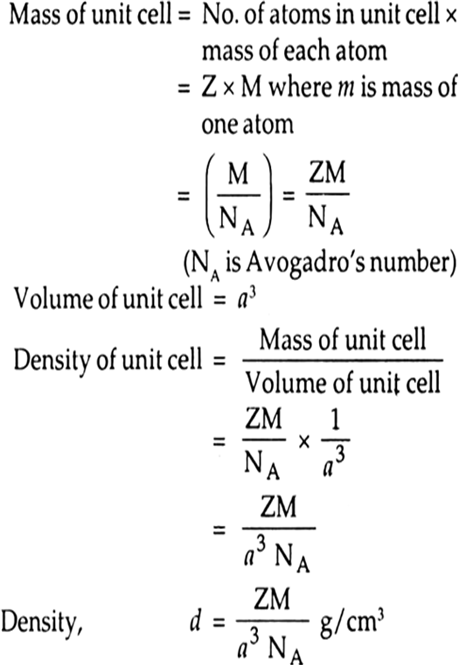Solution:
Stability of a crystal is reflected in the magnitude of its melting points because higher the melting point, greater is the intermolecular force and greater the intermolecular force greater is the stability. And hence, a substance with higher melting point would be more stable.
The melting points of the given substances are as follows:
Solid water - 273 K
Ethyl alcohol – 158.8 K
Diethyl ether – 156.85 K
Methane – 89.34 K
As we can see the melting point of solid water is highest and melting point of methane is lowest among the given substance. This says that intermolecular force in solid water is strongest and the intermolecular force in methane is weakest.







